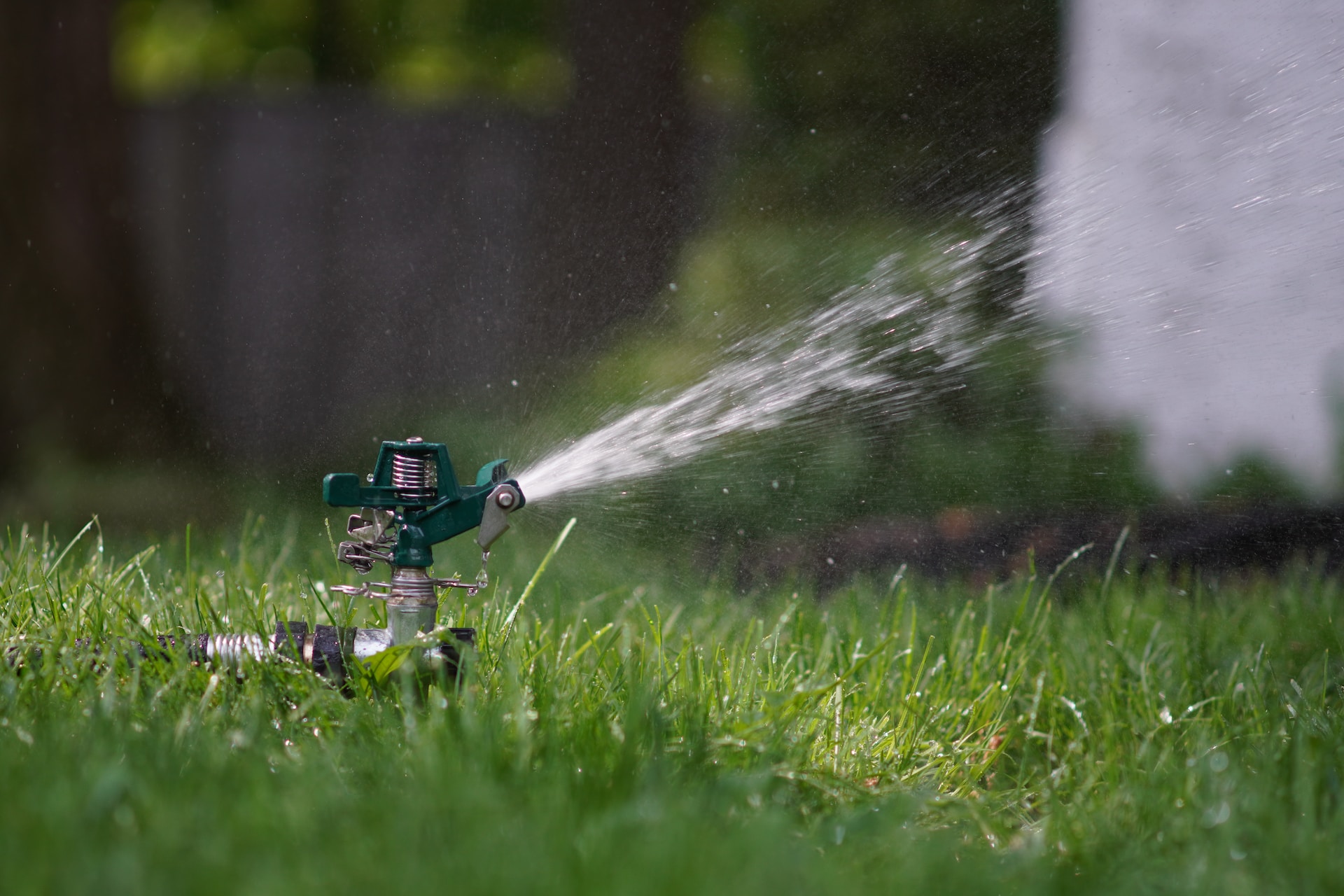
A well-maintained lawn adds beauty and value to your home, but it's no secret that keeping it lush and green requires water. With increasing concerns about water scarcity and environmental impact, adopting water-wise lawn care practices is not only responsible but also beneficial for your wallet. In this blog post, we'll explore the importance of water conservation in lawn care and provide you with practical tips to achieve a thriving lawn while minimizing water usage.
Choose the Right Grass Type:
Selecting the appropriate grass type for your region is crucial for water-wise lawn care. Opt for drought-resistant grass varieties that can thrive with less water. Some popular drought-tolerant grasses include Bermuda grass, Zoysia grass, and Buffalo grass. Consult with a local lawn care expert to determine the best grass type for your climate and soil conditions.
Proper Watering Practices:
Efficient watering is the cornerstone of water-wise lawn care. Follow these guidelines to make the most of your watering routine:
Water Deeply and Infrequently: Instead of frequent light watering, give your lawn a deep soak once or twice a week. This encourages deeper root growth and makes the grass more resilient during dry spells.
Water Early in the Morning: Water your lawn in the early morning to minimize evaporation. This ensures that the grass absorbs the water it needs before the heat of the day.
Invest in a Smart Irrigation System: Consider installing a smart irrigation system that adjusts watering schedules based on weather conditions and soil moisture levels. This prevents overwatering and saves water in the long run.
Rainwater Harvesting:
Take advantage of nature's gift by harvesting rainwater for your lawn. Set up rain barrels or a rainwater collection system to capture and store rainwater. Use this collected water for lawn irrigation during dry periods, reducing your reliance on municipal water sources.
Mulching for Moisture Retention:
Applying a layer of organic mulch around trees, shrubs, and garden beds helps retain soil moisture and prevents evaporation. Mulching your lawn's root zone also reduces water loss, promoting healthier grass growth.
Mowing Tips:
Mowing your lawn at the correct height can significantly impact water usage and overall lawn health. Follow these mowing guidelines:
Mow High: Set your lawn mower blade to a higher cutting height. Taller grass shades the soil, reducing evaporation and weed growth.
Keep Blades Sharp: Dull mower blades can damage grass, leading to increased water needs. Keep your mower blades sharp for clean cuts.
Utilize Greywater:
Greywater, which is the relatively clean wastewater from household activities like laundry and dishwashing, can be repurposed for irrigation. Check local regulations and guidelines on greywater usage and implement it responsibly in your lawn care routine.
Lawn Aeration and Soil Health:
Aerating your lawn allows water and nutrients to penetrate the soil more effectively, reducing runoff and water waste. Additionally, maintaining healthy soil through proper fertilization promotes strong root systems and water retention.
Weed and Pest Management:
Weeds and pests compete with your grass for water and nutrients. Effective weed and pest management help ensure that your lawn gets the most out of the water it receives.
By adopting these water-wise lawn care practices, you can achieve a beautiful and vibrant lawn while contributing to water conservation efforts. Not only will you save on water bills, but you'll also play a role in preserving this precious resource for future generations.
